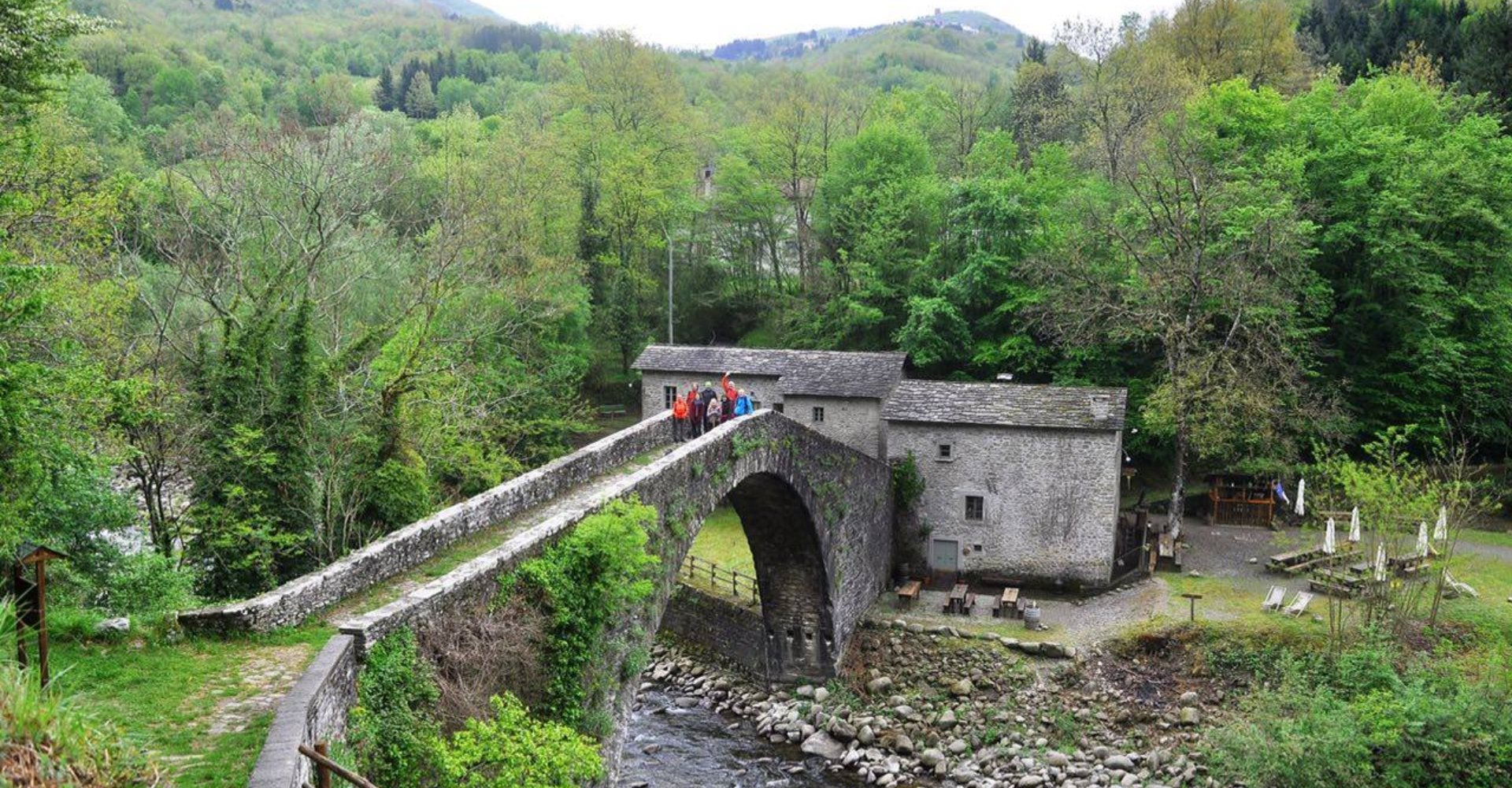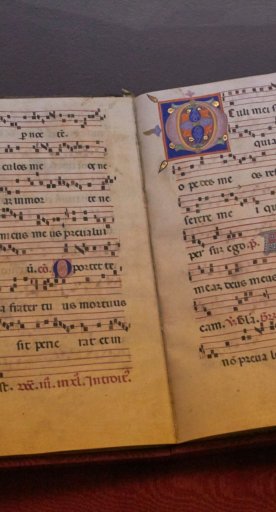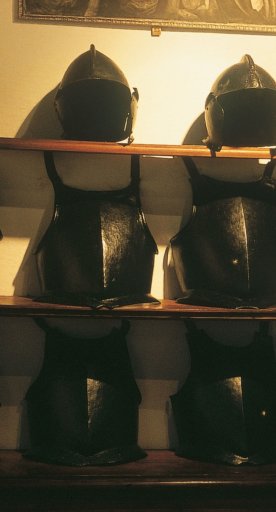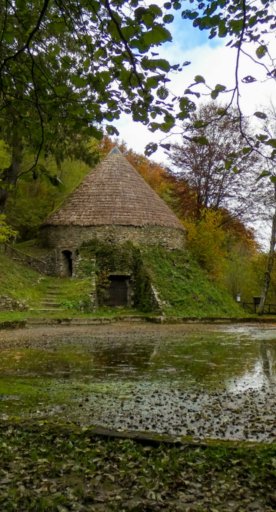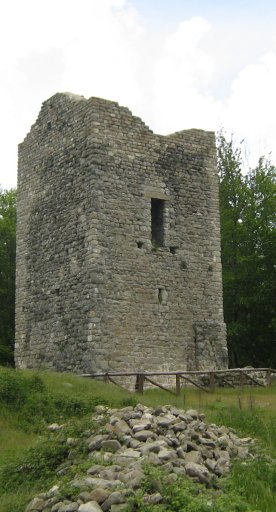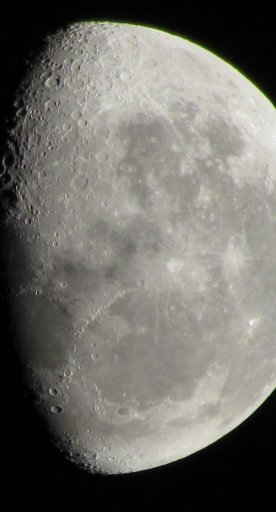Ponte di Castruccio or Ponte di Campanelle
Characteristic bridge over the Lima stream packed with history and legend, surrounded by the lush nature of the Pistoia mountains
Among the Apennine peaks in the Pistoiese Mountains that can reach almost 2000 meters in altitude, there are many valuable traces of history. Among these is the Castruccio Bridge, one of the most important and best preserved examples. Surrounded by nature, it's a stone bridge over the Lima stream located between Piteglio and Popiglio and falling within the scattered municipality of San Marcello Piteglio near the most famous Ponte Sospeso, the longest Tibetan bridge in Italy.
Otherwise locally called Ponte di Campanelle, it was built by Castruccio Castracani degli Antelminelli, a leader from Lucca who lived between 1281 and 1328, from which it takes its name. He erected it using stone and river pebbles in 1317 on the ruins of a Romanesque bridge that was located at the time on the border between Pistoia and Lucca.
The Castruccio Bridge was built with a single round vault and has the arched line forming a typical humpback shape. This features allows for the crossing of the water without having to resort to central pillars. Given its bold shape, like all other humpback bridges it's also called the Devil's Bridge: popular legend has it that only the devil knew how to create such daring works.
Another story is also linked to it, the betrayal of Filippo Tedici, the Pistoian who sold his city to Lucca. Traditionally, it's said that he was killed by the faithful in Pistoia right near the Castruccio Bridge.
On the right and left banks of the river respectively, towards the edge of the bridge, you'll find the Mulino di Domenico or di Campanelle, dating back to the period between the 18th and 19th centuries, active until about the mid 20th century. On the other side is the Vecchie Dogane, the historic toll booths that supervised trade between Pistoia and Lucca.
The Castruccio Bridge is nestled in one of the beautiful natural landscapes that only the Tuscan Apennines can offer. It's unmissable when taking a trip to discover the Pistoia Mountains and is easily accessible both from the left side in Lolle and from the right side in Popiglio.
